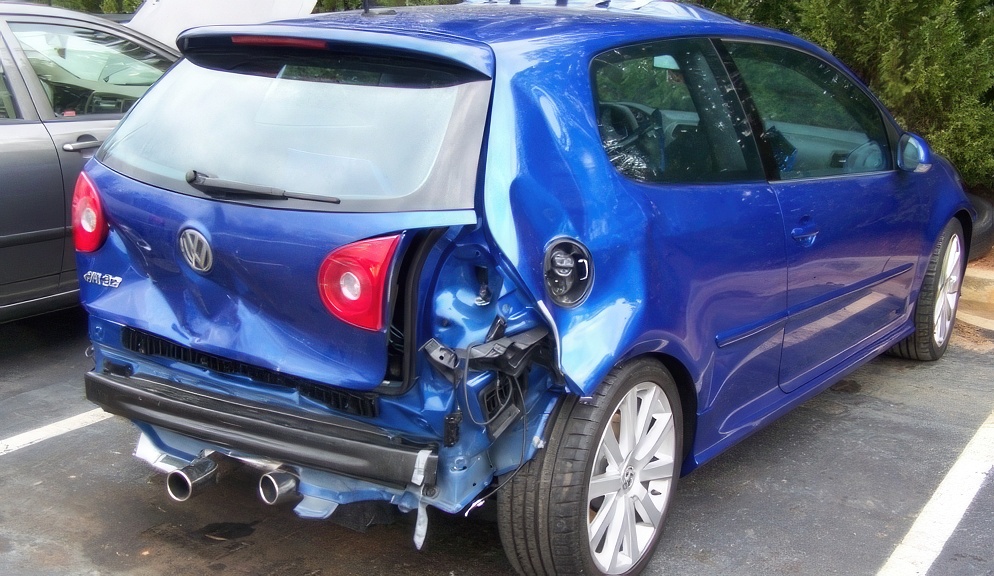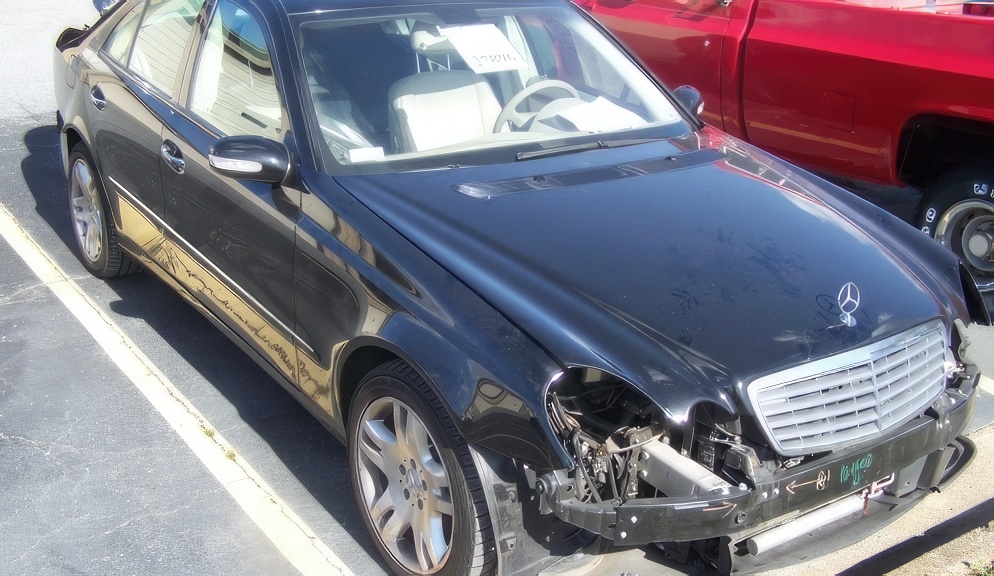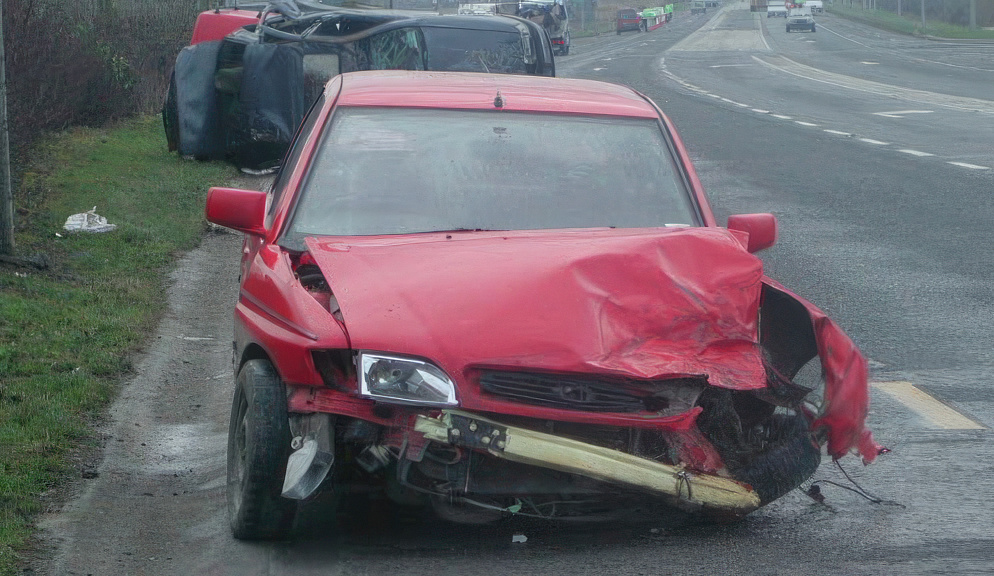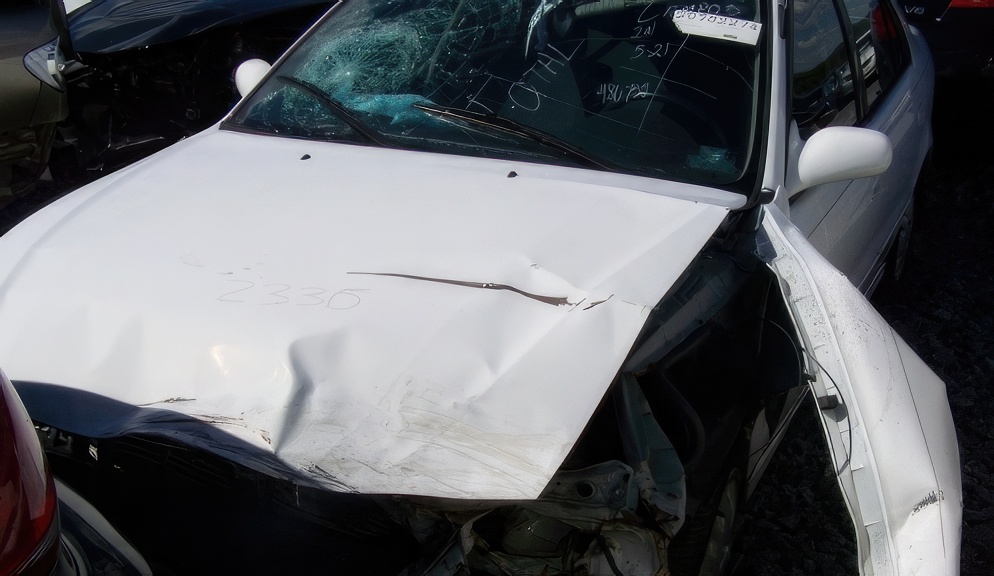Mastering Diminished Value Claims: A Car Owner’s Guide

When it comes to owning a vehicle, one of the terms that car owners may come across is diminished value, especially in the context of vehicle accidents or significant damages. It’s a concept deeply ingrained within the realms of automotive and insurance industries, but not always well-understood by individuals. The reduction in market value that a vehicle experiences post an accident or significant damage is what essentially defines diminished value. This loss in value is often a result of the stigma attached to a vehicle with a history of damage, despite any repairs done to restore it to its previous condition.
The concept of diminished value is of paramount significance as it has financial implications for the vehicle owner. It’s not just about the immediate cost of repairs post an accident, but also about the long-term loss in the vehicle’s market value. The ripple effect of diminished value extends to insurance claims and even resale value, making it a crucial concept that car owners need to understand to better manage their automotive assets.
Real-time Example: Consider two identical cars, Car A and Car B. Car A has a clean history, while Car B has been involved in a significant accident but has been expertly repaired. In the market, Car B is likely to fetch a lower price compared to Car A solely due to its tarnished history. This difference in market value is essentially the diminished value.
In this guide, we will delve deeper into understanding diminished value assessment, its types, historical evolution, and how it differentiates from depreciation. By exploring real-time examples and analyzing the financial implications, we aim to provide a well-rounded understanding of diminished value. This insight is aimed at empowering car owners, prospective buyers, and insurance policyholders in making informed decisions regarding vehicle valuation and insurance claims.
The ABCs of Diminished Value: A Beginner’s Guide
Diminished Value (DV) is an often overlooked or misunderstood aspect of vehicle ownership. It’s the financial reduction in a vehicle’s market value after it has been involved in an accident or sustained significant damage. Even after a thorough repair, the vehicle’s history of damage permanently taints its record, leading to a lower resale value. This is the core of what constitutes diminished value.
Understanding diminished value is crucial for both buyers and sellers in the automotive market.
For sellers:
- Comprehending the diminished value of their vehicle post-accident enables a realistic expectation regarding the resale price.
For buyers:
- Being aware of diminished value helps in making informed decisions and possibly negotiating a lower price for vehicles with an accident history.
The assessment of diminished value involves a combination of factors including the extent of damage, the quality of repairs, the vehicle’s age, make, and model, as well as the demand in the market. It’s not a straightforward calculation, and often requires professional appraisal to accurately estimate the diminished value.
Real-time Example: Assume you own a pristine condition car valued at $20,000. Post a significant accident, the repairs are immaculate, but now, potential buyers are only willing to pay $15,000 due to its history. The $5,000 loss in value is the diminished value. Recognizing this loss is the first step towards either claiming insurance or setting a fair resale price post-accident.
Moreover, diminished value claims can be an avenue for vehicle owners to recoup some of the loss in value from their insurance provider. However, the rules and eligibility for making such claims vary significantly across different jurisdictions, and it’s advisable to consult with legal professionals or insurance experts to understand the specifics of making a diminished value claim in your region. This process, although might seem tedious, could potentially recover a substantial portion of the lost value, making it a worthy consideration for vehicle owners.
Types of Diminished Value: An In-depth Analysis
Delving deeper, there are three primary types of diminished value:
- Immediate Diminished Value (IDV): This is the loss in value that occurs instantly after an accident, before any repair is undertaken. It’s the difference in market value before and immediately after the mishap.
- Definition: Immediate Diminished Value is the immediate loss in value a vehicle suffers as a result of an accident, before any repairs are made.
- Measurement: It’s measured by the difference in the resale value of the vehicle before the accident and after the accident but before repairs.
- Scenario: For instance, if a car valued at $20,000 gets into a collision, its value might immediately drop to $15,000. This $5,000 difference is the Immediate Diminished Value.
- Relevance: This type of diminished value is more relevant in legal cases where the accident-related loss in value is being assessed immediately post-accident.
- Inherent Diminished Value (IDV): This type of loss occurs even after professional repairs have been carried out. It’s the most common type of diminished value and often the one referred to in generic discussions about diminished value.
- Definition: Inherent Diminished Value is the loss in value a vehicle suffers due to the mere fact that it has been involved in an accident, even after being fully and professionally repaired.
- Measurement: It’s typically measured by the difference in resale value before the accident and after the repairs..
- Scenario: In a scenario where a car that was worth $20,000 gets into an accident and is professionally repaired, its value might drop to $15,000 due to its now tainted history. This $5,000 difference represents the Inherent Diminished Value.
- Relevance: This is the most common type of diminished value claimed by vehicle owners post-accident.
- Repair Related Diminished Value (RRDV): This value loss is attributed to sub-standard repairs or any residual damage post repair. It’s the gap left unfilled by the repair process.
- Definition: Repair-Related Diminished Value is the loss in value associated with substandard or incomplete repairs.
- Measurement: This is measured by assessing the quality of repairs and the impact of any remaining damage or inferior repair work on the vehicle’s value.
- Scenario: For example, if a car’s value was $20,000 before an accident and it’s now worth $16,000 post substandard repairs, the $4,000 difference represents the Repair-Related Diminished Value.
- Relevance: This type of diminished value is particularly relevant when the repair work fails to restore the vehicle to its pre-accident condition, and can be claimed alongside inherent diminished value in some cases.
Understanding these types is essential as they provide a structured approach to evaluating the financial impact post-accident, aiding in insurance claims and resale considerations.
The History of Diminished Value: How It Evolved Over Time
The concept of diminished value has its roots traced back to the early 20th century, but it became more pronounced with the advent of consumer protection laws and the growing used car market. Initially, there was little recognition or understanding of how accidents could permanently reduce a vehicle’s value, even if it was fully repaired.
Over time, legal precedents started recognizing the reality of diminished value. Court rulings began to favor consumers who sought compensation for the loss in value of their vehicles post-accident. These legal precedents played a pivotal role in shaping the modern-day approach to assessing and compensating for diminished value.
The methodology of calculating diminished value has also seen evolution. From simplistic formulas to more sophisticated appraisal methods that take into account a multitude of factors affecting a vehicle’s value post-accident. The discourse around diminished value has matured, with a significant amount of resources now available for consumers to understand and assert their rights.
Real-time Example: In 2001, a landmark case in Georgia set a precedent for diminished value claims. The State Farm Mutual Automobile Insurance Co. vs. Mabry case led to the creation of the 17c formula, which is now often used as a starting point for diminished value calculations. This case highlighted the necessity for insurance companies to compensate for the diminished value, marking a significant milestone in the evolution of diminished value understanding and claims.
The digital age further propelled the awareness and understanding of diminished value among the masses. Online platforms, vehicle history reporting services, and digital forums have made it easier for consumers to access information regarding a vehicle’s history, including accidents and repairs. This transparency has made the concept of diminished value more mainstream, as potential buyers can easily access pertinent information that impacts a vehicle’s market value. The digital shift has also facilitated a more robust discourse between consumers, legal experts, and insurance companies on the nuances of diminished value, fostering a more informed and fair marketplace.
What is the diminishing value of a car?
Diminished value refers to the reduction in a vehicle’s market value after it has been involved in an accident and repaired. Even with complete and professional repairs, the history of damage can significantly impact the vehicle’s resale value. The perception that the vehicle is now less reliable or safe, regardless of the restoration quality, contributes to this loss in value.
There are three primary types of diminished value: Immediate Diminished Value, Inherent Diminished Value, and Repair-Related Diminished Value. Immediate Diminished Value is the loss in value that occurs right after an accident before any repair. Inherent Diminished Value occurs post-repair, and it’s the most common type claimed by vehicle owners. Repair-Related Diminished Value refers to the loss in value associated with substandard or incomplete repairs.
Real-time Example: Consider a vehicle that has a market value of $20,000. After an accident and subsequent repairs, the car’s value might drop to $15,000 because of the stigma attached to a vehicle with an accident history. This $5,000 difference represents the diminished value.
In the process of selling a used car, the transaction can become significantly affected by the history of accidents and repairs. Prospective buyers are likely to offer less for a vehicle with a history of accidents as compared to a similar vehicle with no accident history. The diminished value concept acknowledges this reality and provides a framework for vehicle owners to seek compensation for the loss in value. Understanding the diminished value of a car is essential for both buyers and sellers in the used car market, as it provides a clearer picture of the vehicle’s worth and helps in making informed decisions.
What is the difference between depreciation and diminished value?
Depreciation and diminished value are terms that denote a reduction in a vehicle’s value over time, but they stem from different circumstances.
Definition: Depreciation:
Depreciation refers to the gradual loss in value of an asset, like a car, over time due to wear and tear, age, or other natural factors.
It’s a predictable and expected reduction in value that occurs as a vehicle ages and accumulates mileage.
For instance, a brand-new car loses a significant portion of its value the moment it’s driven off the lot and continues to depreciate as it ages.
Definition: Diminished Value:
Diminished Value, on the other hand, is the sudden loss in value a vehicle experiences as a result of being involved in an accident.
Unlike depreciation, diminished value is not a natural or expected reduction in value, but rather an unforeseen and abrupt decrease often resulting from circumstances like accidents.
- The measurement of depreciation is typically straightforward and can be calculated using standard depreciation rates over time.
- Various factors like the make, model, age, and condition of the vehicle are considered in calculating depreciation.
Measurement: Diminished Value:
- Measuring diminished value can be more complex as it involves assessing the impact of an accident on the vehicle’s value.
- This often requires a professional appraisal to accurately determine the loss in value post-accident.
- The impact of depreciation is gradual and affects all vehicles, regardless of their accident history.
- It’s an accepted and understood aspect of vehicle ownership.
- The impact of diminished value can be significant and immediate, especially if the vehicle has been involved in a severe accident.
- This sudden loss in value can affect the owner’s ability to sell the vehicle at a fair price in the future.
- Depreciation is not something that can be claimed or recovered as it’s a natural aspect of vehicle ownership.
- Diminished value can be claimed from the at-fault party’s insurance company in many states, allowing the vehicle owner to recover the loss in value caused by the accident.
These distinctions underline the different financial implications of depreciation and diminished value on a vehicle’s worth. While both result in a decrease in the vehicle’s value, the causes, measurement, and impact of depreciation and diminished value significantly vary, making a clear understanding of these terms essential for vehicle owners, especially post-accident.
Depreciation is a predictable, steady decline, often accounted for when purchasing a vehicle. In contrast, diminished value is unexpected, creating a sudden financial setback that can only be recouped through an informed insurance claim process.
Navigating the Diminished Value Landscape
Armed with a comprehensive understanding of diminished value, car owners can better navigate the post-accident landscape. Whether it’s filing an insurance claim or considering a resale, knowing the intricacies of diminished value puts you in a better negotiating position.
Professional advice, be it from an appraiser or a legal consultant, can provide a robust foundation for claiming diminished value. It’s about being informed and prepared to ensure that the financial setback from the accident is minimized as much as possible.
In the grand scheme of vehicle ownership, diminished value is a crucial concept that bridges the gap between the actual cost of an accident and the visible repair bills. It’s a financial reality that, when understood and navigated wisely, can lead to fair compensation and a smoother recovery post-accident.




